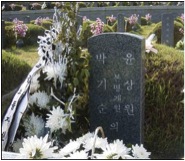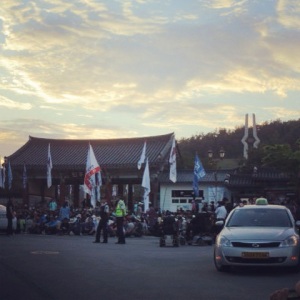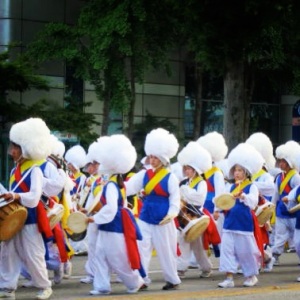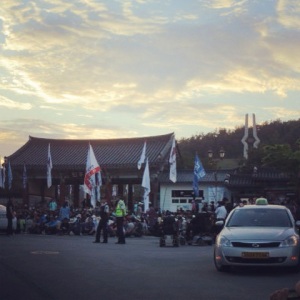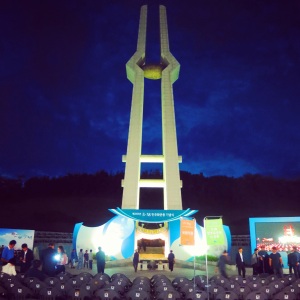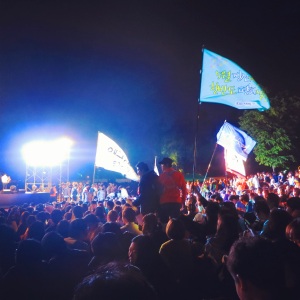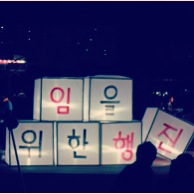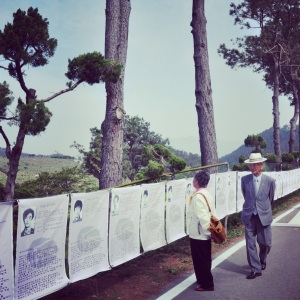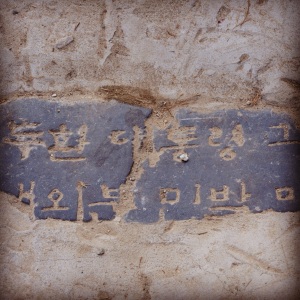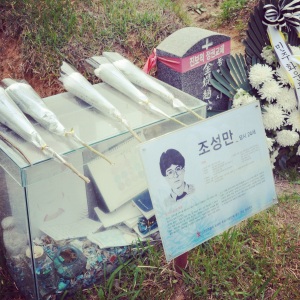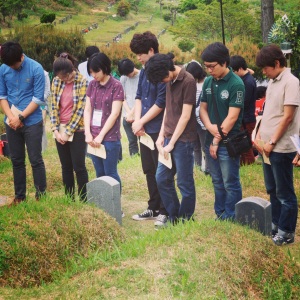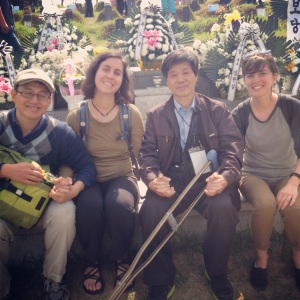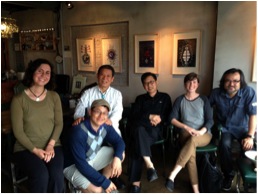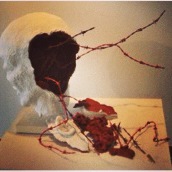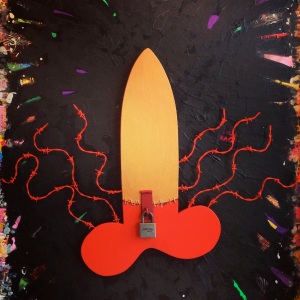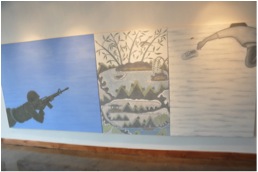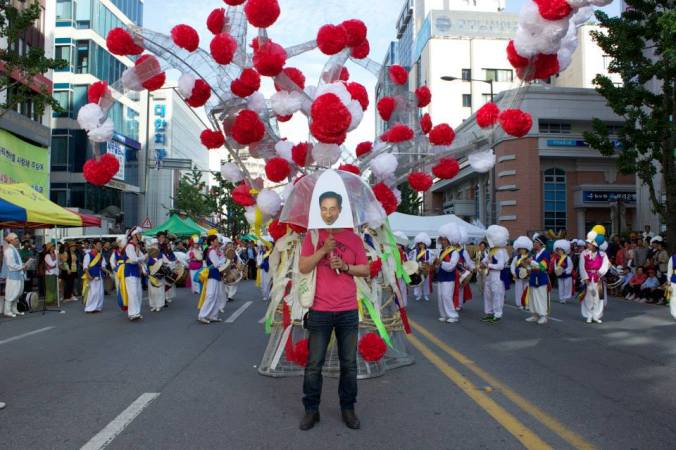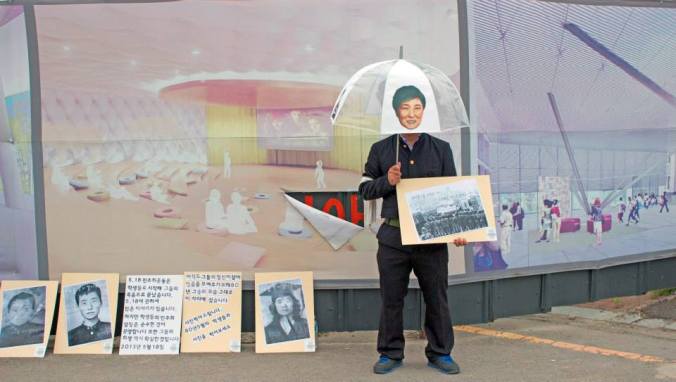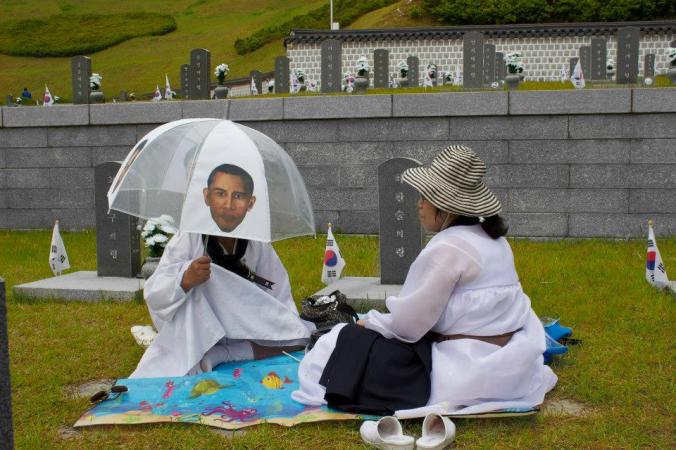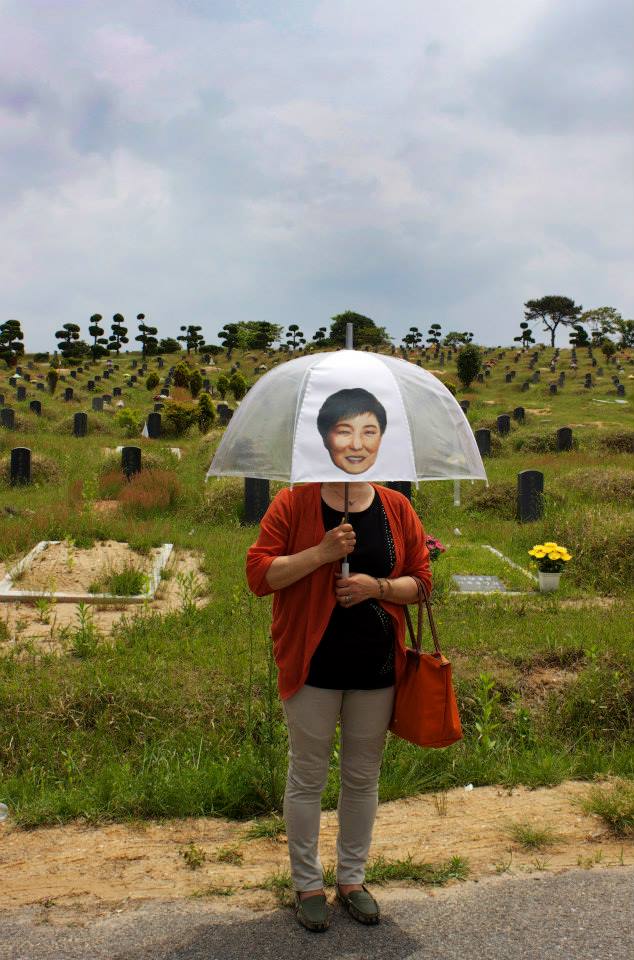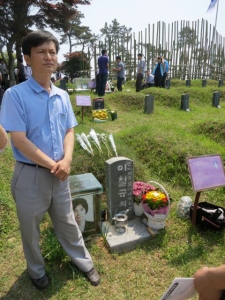By A.T.
On this May morning at the 34th People’s Commemoration
We are full of color
Red spilled blood
Black death and cherished memory
Yellow ribbons of hope
Green spring explosion of life
Sitting between the graves
Fists raised to the fallen martyrs
Feeling their blood, tears and spirits seep from below
We weren’t there then, but we remember now
Singing, shouting, crying
Marching forward with the beloved
On this May morning in Mangwol Cemetery
We carry on the legacy
Rulers are not benign, but corrupted by power
Freedom is not given, but born of struggle
People are not weak, but invincible together
Lifeless bodies give us all life
So onward we march
My grandparents grew up under Stalin, my parents under Brezhnev. Scorn and disdain for the Soviet empire led our family, led by our grandfather, to dash through the 1991 window of opportunity and migrate to the USA, where I grew up.
America, land of the free, the greatest country on Earth, a bastion of human rights and democracy, the opposite of “oppressive Communist Russia” in every way. Many years down the line, a relative remarked that when it comes to controlling and keeping tabs on its citizens, the US government is not much different than the authoritarian Soviet leadership.
Beyond the spying and the many marginalized communities that struggle for survival within its borders, the USA has a shameful and contradictory foreign policy. While preaching human rights, democracy and anti-Communism, the government has historically supported right-wing dictatorships abroad. The reality is that many of these governments walk hand-in-hand with US business interests. Under industrial capitalism, business is a branch of government.
In Gwangju, May 1980 Koreans came face-to-face with this truth: instead of supporting the democractization movement, American powers continued business as usual and helped sweep the Gwangju Uprising under the rug. The US, as the bearer of South Korea’s wartime military operational control, gave Chun Doo Hwan, the pro-US military leader, permission to send paratroopers to brutally crush the pro-democracy rebellion. After Reagan’s 1981 inauguration, Chun became the first honored guest in the White House. It was then that Koreans realized – the struggle belonged to them alone.
Every year, our high school commemorates 5.18 with a walking pilgrimage from our Damyang campus across the Youngsan River to the Mangwol Cemetery on the northern edge of Gwangju. As it’s usually a bright warm Friday, it is difficult to get more than 200 students and 20 teachers in the proper somber mode. On April 16th the Sewol ferry sank off the Jindo coast and killed the equivalent of our entire school’s population. In their memory, we walked the last 20 minutes to the cemetery in silence.
This is the original burial place for the martyrs. Here lie the bodies of activists and ordinary citizens murdered by Chun Doo-Hwan’s military forces. On Sunday, our International Strategy Center team returned here for the parallel alternative to the official ceremony at the National Cemetery. While the 5.18 anthem “March of the Beloved,” dedicated to a posthumously married activist couple, has been discarded under the official leadership, it is still sung loud and proud [instead of using cliches, consider using more evocative imagery fit for that moment] in Mangwol.
The day before, the ISC began the 2014 5.18 Memorial weekend at the Freedom Park in Gwangju’s Sangmu Jigu, an expanding well-to-do residential district. Densely packed with supermarkets, high rises, restaurants, cinemas and everything necessary for comfortable urban living, it is hard to imagine that the neighborhood was once Sangmu Army Base. It was here that many of the military’s worst atrocities took place after the Uprising. The 5.18 Memorial Park – the last vestige of a once formidable forest – and the 5.18 Freedom Park are the historical markers that keep Gwangju’s tortured revolutionary spirit alive in Sangmu.
At the entrance of Freedom Park, we met middle-aged and elderly men in army fatigues. I wondered whether they were real soldiers or just for show. We learned that these volunteer tour guides were all survivors of the darkest chapter in modern Korean history. In these former military barracks, reconstructed in this unassuming park and surrounded on all sides by modern apartments, these men were jailed, beaten and tried at gunpoint for their involvement in the 5.18 democratization movement. Every May, they don their torturers’ uniforms and retell their stories to visitors, sitting in replicas of the places where they endured so much suffering.
After the Freedom Park, we rode the bus to Sansu-dong, a central Gwangju neighborhood that I had yet to visit after a year of living in the city. At Seondeoksa, a beautiful Buddhist temple and community center on a hill, we met longtime Gwangju activist Lee Shin. Lee echoed American journalist Tim Shorrock’s on the ground account of the 1980s when Korean grassroots democracy was at its peak with students in the frontlines. Where has that spirit gone now? Lee and others blame the decline of revolutionary will on neoliberalism, which crushes citizens’ power under the pressures and demands of daily survival early on from their days as university students.
American young people’s Korean counterparts seem to be stuck in the same dilemma – too much to lose when one rises up against the system of oppression. Test scores, job interviews, appearances – everything is geared towards individualism and fierce competition. This is a far cry from the few days that Gwangju citizens cooperatively took control of their city, May 21-27, 1980. Now, thirty four years later at the commemoration ceremony, students once again raise their voices and fists aside elders, awakening hope.
Resistance hasn’t completely died in Korea. To get around the ban on holding public protests after sunset, Korean activists have created a culture of night demonstrations called chot bul or candlelight vigils, a vibrant mix of citizen speeches, songs and rallying cries lit by simple cupped candles. 4.16 – the day of the Sewol accident – will surely join the other watershed moments in Korean history. Gwangju itself has held many such vigils on the historical Geumnam-ro main street. On Saturday night, with Lee Shin and his daughter, the ISC team made its way to the traditional yearly 5.17 vigil. Students, elders, politicians, entertainers, religious leaders – everyone seemed to be out with banners, candles, yellow ribbons and black shirts with a slogan, sitting on shiny silver mats that flowed ever further back from the main stage. A group of my high school students gave speeches and sang, making this teacher proud.
Although we only touched on it briefly, what I took away from this year’s 5.18 weekend is the broader context for singular tragic events such as Gwangju 1980. The 1945 liberation from Japan promised an independent nation, yet modern Korea was broken in two from the start, an open wound that is the “demilitarized zone” and a historically unfounded Northern “enemy.” Since the 1980s, Lee Shin has dedicated his life to the premise “from May to reunification.” As long as a Communist enemy, real or imagined, lurks as a strawman and villain over people’s heads, the prospect of another massacre like 5.18 is not off the table. As long as a people united for all but 60 of more than 5,000 years – as long as they stand divided as enemies, peace will always be beyond grasp.


